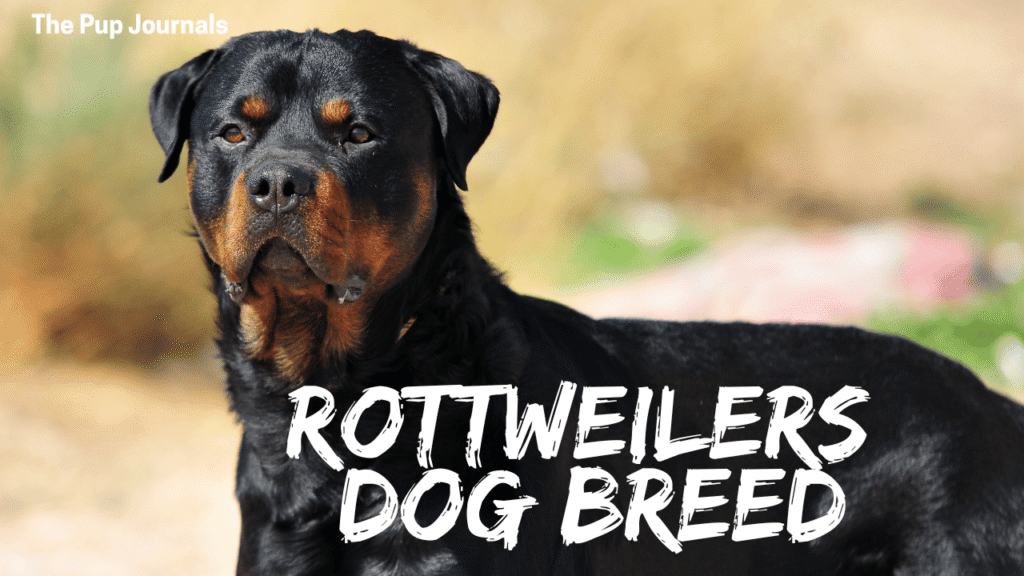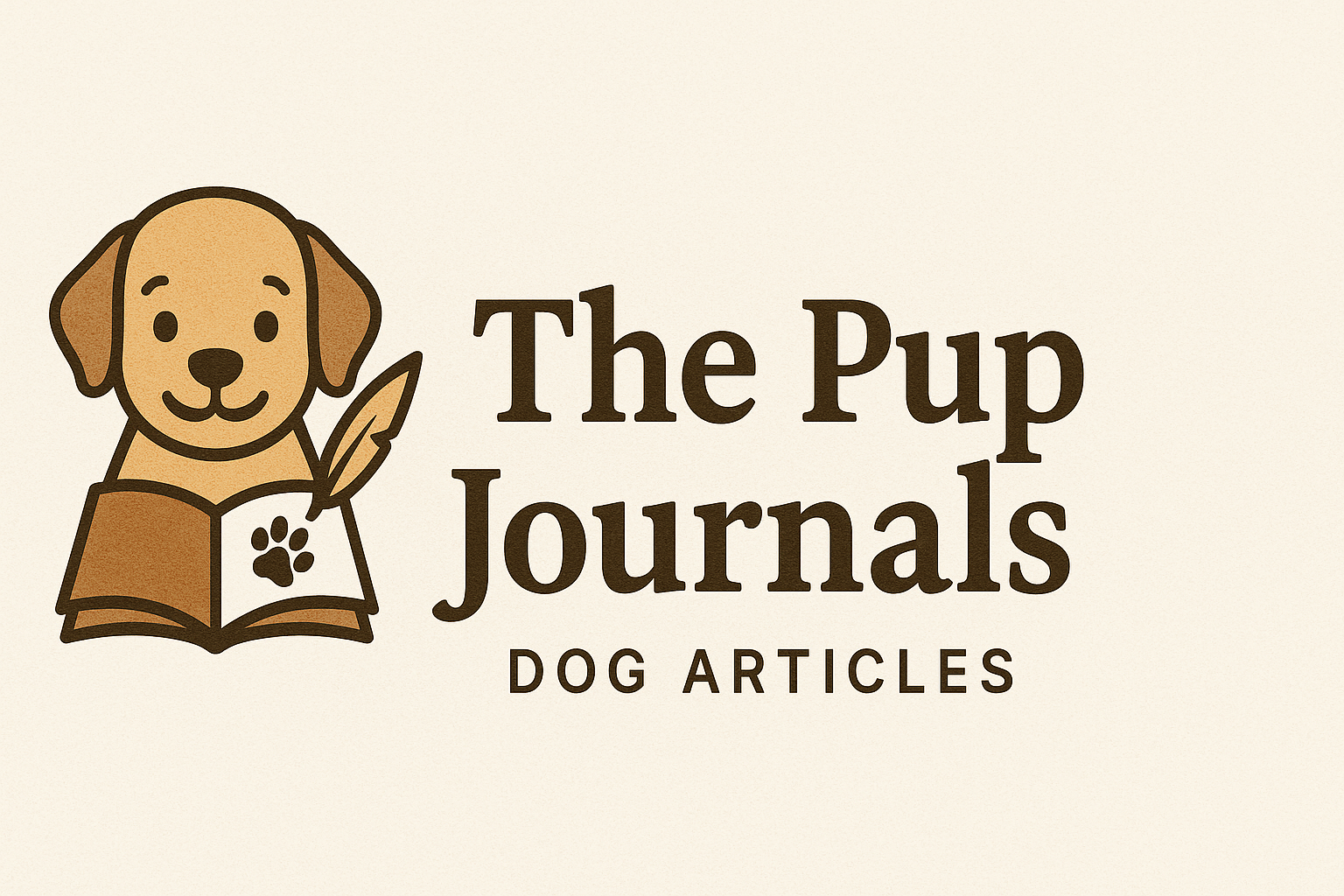
Introduction
Rottweilers Dog Breed combines power, loyalty, and intelligence. This guide dives deep into every key aspect. We keep language simple and lucid. Every sentence stays under twenty words. We use the focus keyword Pomeranian in relevant comparisons.
1. History and Origin
1.1 Ancient Roots
Rottweilers Dog Breed traces back to Roman herdsmen dogs. They guarded cattle during military campaigns. Their strength and calm nature earned praise.
1.2 German Development
In Rottweil, Germany, butchers used these dogs for hauling carts. The name “Rottweiler Metzgerhund” means butcher’s dog. They protected livestock from thieves.
1.3 Recognition Abroad
The breed reached the United States in the early 1900s. The American Kennel Club recognized Rottweilers in 1931. Today, they rank among top working breeds.
2. Appearance and Build
2.1 Body Structure
Rottweilers Dog Breed shows a broad chest and strong back. They stand 22 to 27 inches tall. Their sturdy legs support their weight with ease.
2.2 Coat and Markings
Their coat stays short, thick, and straight. They display rich black fur with rust markings. Markings appear above eyes, cheeks, and chest.
2.3 Head and Expression
They have wide heads and strong jaws. Their medium‑sized ears hang forward naturally. Their dark eyes display intelligence and alertness.
3. Temperament and Personality
3.1 Loyalty and Bonding
Rottweilers Dog Breed forms deep bonds with family members. They exhibit protective instincts without undue aggression.
3.2 Confidence and Calm
They approach new situations with measured confidence, rarely panic under stress. They stay calm during storms or loud noises.
3.3 Social Interaction
Properly socialized Rottweilers Dog Breed show friendliness to guests. They welcome children with gentle patience. They respect boundaries when trained.
4. Intelligence and Trainability
4.1 Learning Speed
Rottweilers Dog Breed ranks high in canine intelligence tests. They grasp new commands in fewer than five repetitions.
4.2 Training Methods
Use positive reinforcement like treats and praise. Keep training sessions short, under fifteen minutes. Avoid harsh punishments; they harm trust.
4.3 Advanced Tasks
They excel in protection, search, and rescue roles. They handle complex tasks like scent detection and obedience trials.
5. Exercise and Activity Needs
5.1 Daily Routine
Rottweilers Dog Breed needs at least sixty minutes of exercise daily. Combine walks, playtime, and mental games.
5.2 Sports and Games
Enroll in agility or tracking classes. Play fetch and tug‑of‑war in safe areas.
5.3 Contrast with Pomeranian
Unlike the tiny Pomeranian, Rottweilers require vigorous exercise. Pomeranians thrive on indoor play and brief walks.
6. Socialization Strategies
6.1 Early Exposure
Start socialization at eight weeks. Introduce sounds, sights, and strangers gradually.
6.2 Positive Experiences
Use treats and praise when they stay calm around new people. Avoid forcing interactions with fearful pups.
6.3 Ongoing Practice
Continue social outings through the first year. Visit pet‑friendly cafes and dog parks safely.
7. Health and Genetics
7.1 Common Health Issues
Watch for hip dysplasia and elbow dysplasia symptoms. Test for subaortic stenosis and heart murmurs.
7.2 Lifespan and Vitality
Their average lifespan ranges eight to ten years. Good care can push lifespan to twelve years.
7.3 Genetic Testing
Ask breeders for health clearances on hips and elbows. Test for eye conditions and cardiac issues.
8. Nutrition and Diet
8.1 Protein Requirements
Rottweilers Dog Breed needs diets rich in animal protein. Aim for at least twenty‑five percent protein per meal.
8.2 Feeding Schedule
Feed two measured meals daily to avoid gastric torsion. Avoid free‑feeding methods.
8.3 Balanced Supplements
Consider joint supplements like glucosamine and chondroitin. Consult your vet before adding supplements.
9. Grooming and Skin Care
9.1 Brushing Routine
Brush twice weekly to remove loose hair. Use a firm bristle brush for their dense coat.
9.2 Bathing Guidelines
Bathe only when dirty to preserve natural oils. Use a mild dog shampoo.
9.3 Ear and Nail Care
Check ears weekly for infection signs. Trim nails every three to four weeks.
10. Living Environment
10.1 Space Needs
Rottweilers Dog Breed thrives in homes with yards. They adapt to apartments with daily exercise.
10.2 Climate Considerations
They tolerate cold weather well. Provide shade and water in hot climates.
10.3 Family Integration
They bond closely with active families. They match well with children over six years old.
11. Working and Service Roles
11.1 Police and Military
They serve in K‑9 units for patrol and detection. They track suspects and detect narcotics.
11.2 Search and Rescue
Their powerful noses find lost hikers in forests and mountains. They navigate tough terrains with ease.
11.3 Therapy and Assistance
They comfort patients in hospitals and nursing homes. They help veterans manage PTSD symptoms.
12. Comparison with Pomeranian
| Feature | Rottweilers Dog Breed | Pomeranian |
|---|---|---|
| Weight | 80–135 pounds | 3–7 pounds |
| Energy Level | High | Moderate |
| Exercise Needs | 60+ minutes daily | 15–30 minutes daily |
| Training Style | Firm, consistent | Gentle, patient |
| Lifespan | 8–10 years | 12–16 years |
| Grooming Frequency | Moderate brush twice weekly | High brush daily |
This table highlights key differences. Each breed fits different lifestyles.
13. Selecting a Puppy
13.1 Reputable Breeders
Choose breeders registered with kennel clubs. Visit the kennel to see conditions.
13.2 Health Clearances
Ask for OFA hip and elbow clearances. Check cardiac and eye exam certificates.
13.3 Puppy Temperament
Watch for playful, curious pups. Avoid extremely shy or overly aggressive puppies.
14. Puppy Training Essentials
14.1 Crate Training
Introduce crate as a safe space. Feed meals inside to build positive associations.
14.2 Basic Commands
Teach “sit,” “stay,” and “come” early. Use treats and clear cues consistently.
14.3 Leash Manners
Start leash practice indoors. Reward loose‑leash walking with praise.
15. Adult Dog Maintenance
15.1 Continued Obedience
Enroll in advanced obedience classes. Maintain training refreshers monthly.
15.2 Exercise Variety
Rotate walking routes and play areas. Add puzzle toys for mental stimulation.
15.3 Health Monitoring
Schedule annual wellness exams. Keep vaccinations and parasite controls current.
16. Senior Dog Care
16.1 Diet Adjustments
Switch to senior‑formulated diets lower in calories. Monitor weight monthly.
16.2 Gentle Exercise
Offer short, frequent walks. Avoid high‑impact activities on aging joints.
16.3 Comfort Measures
Provide orthopedic beds for joint support. Use ramps for furniture access.
17. Rescue and Adoption
17.1 Breed‑Specific Rescues
Contact Rottweiler rescue organizations. Ask about foster‑to‑adopt programs.
17.2 Shelter Adoption
Visit local shelters and rescues. Assess dog temperament with professional help.
17.3 Adjustment Period
Give new dogs two to four weeks to settle. Offer consistent routines and gentle patience.
18. Common Behavior Challenges
18.1 Guarding Instincts
They may guard food and toys. Teach “drop it” and “leave it” commands.
18.2 Separation Anxiety
Practice short absences gradually. Provide interactive toys to ease alone time.
18.3 Chewing and Digging
Redirect to durable chew toys. Provide digging pits filled with sand or safe soil.
19. Travel and Safety
19.1 Car Travel
Use crash‑tested harnesses or crates. Secure collars and leashes during drives.
19.2 Identification
Microchip and register your dog. Attach ID tags with your phone number.
19.3 Veterinary Records
Carry vaccination and health records on trips. Research vets at destinations in advance.
20. Why Rottweilers Win Hearts
Rottweilers Dog Breed pairs strength with a gentle heart. They protect loved ones with calm focus and bond deeply through consistent care. They learn quickly and perform diverse tasks. Even they bring unmatched loyalty to active families. Few breeds match their blend of power and devotion.
Conclusion
Rottweilers Dog Breed stands as a top working and companion dog. Their history, strength, and loyalty shine in many roles. They need proper care in health, training, and socialization. Contrast with the Pomeranian highlights breed diversity. Each breed suits different lifestyles and owner needs. Follow this guide for a happy, healthy Rottweiler life.
Refernce: AKC

